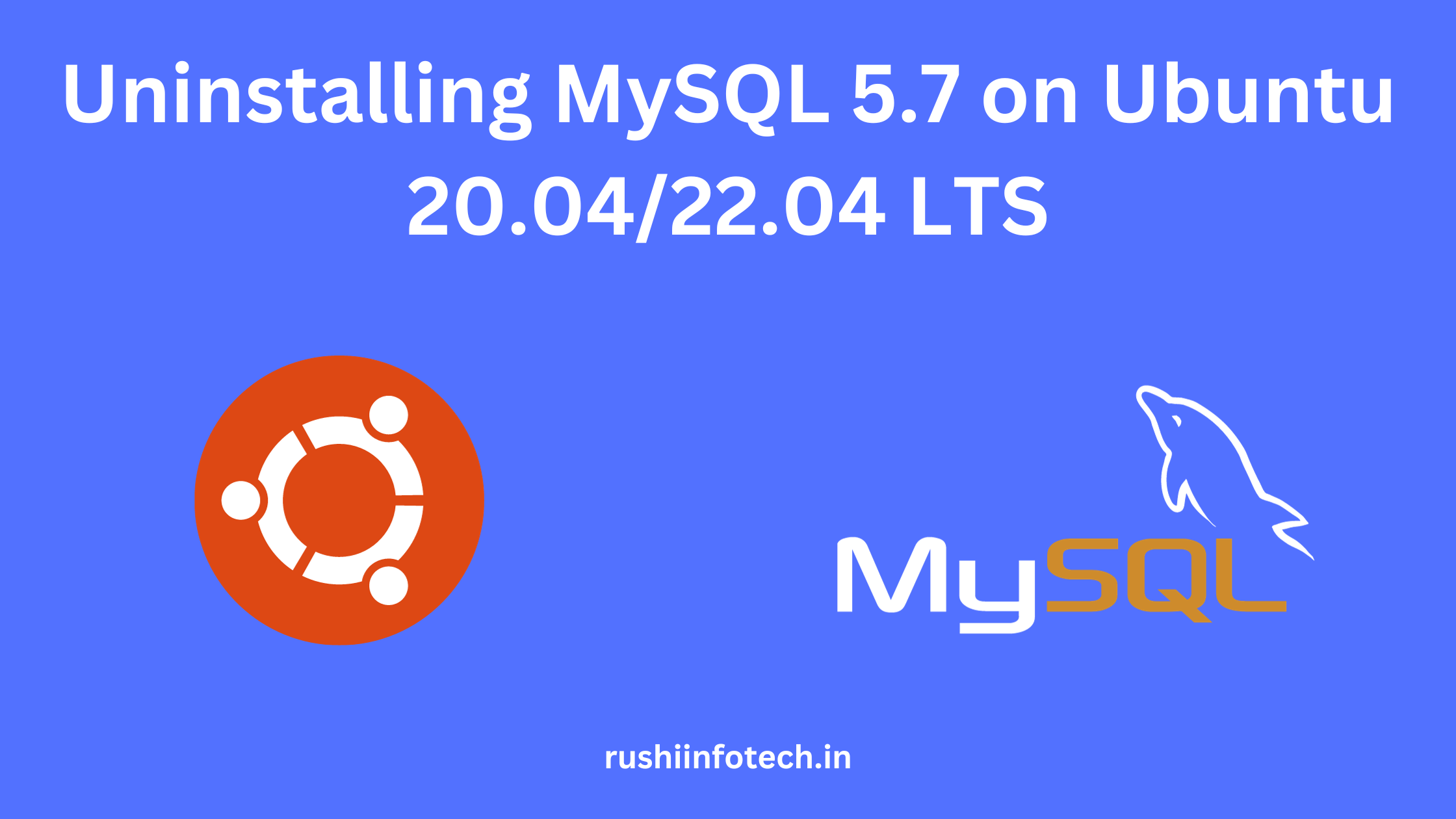Similar Posts

Uninstalling MySQL 5.7 on Ubuntu 20.04/22.04 LTS: Step-by-Step Guide
You need to be logged in to view this content. Please Log In. Not a…

How to Install and Uninstall Mysql Workbench on Windows? [Windows 10]
You need to be logged in to view this content. Please Log In. Not a…

How to Install and Uninstall MySQL on Ubuntu 20.04/22.04 LTS?
You need to be logged in to view this content. Please Log In. Not a…
AWS | CLOUDWATCH | Kubernetes
How to create EKS cluster in AWS?
You need to be logged in to view this content. Please Log In. Not a…

How to Uninstall MySQL 8 on Ubuntu 24.04 LTS
You need to be logged in to view this content. Please Log In. Not a…

How to Reset MySQL 5.7 Root Password on Ubuntu 22.04 LTS?
You need to be logged in to view this content. Please Log In. Not a…
